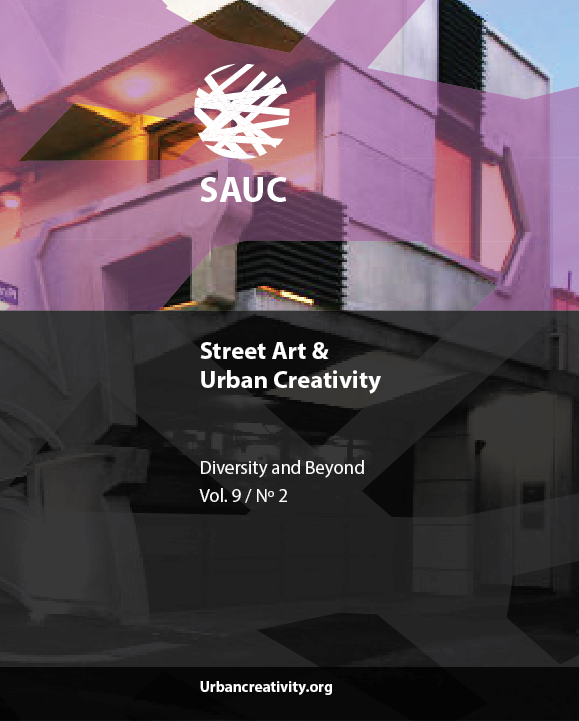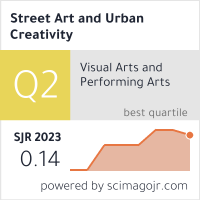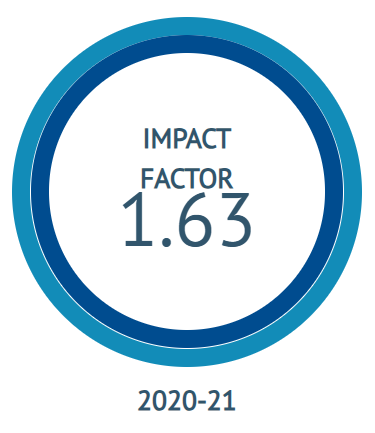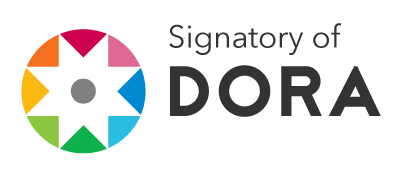Editorial
DOI:
https://doi.org/10.25765/sauc.v9i2.800Abstract
The current editorial year has been marked by significant shifts and transformative changes within the SAUC journal landscape. As we look ahead to the forthcoming editorial year, we are poised to embark on a transitional journey that will encompass both structural modifications and thematic realignments.
Anticipate a discernible shift in the direction of the SAUC journal, as we navigate through these evolutionary phases. While the scientific board and subject matter of the journal undergo a metamorphosis, it's imperative to underscore that the rich publishing history, which stands as a testament to our scholarly contributions and achievements, will remain intact and continue to serve as a foundational pillar of our legacy.
This edition showcases an eclectic mix of authors and articles that encapsulate the rich tapestry of topics within this vibrant field.
Downloads
Global Statistics ℹ️
|
147
Views
|
40
Downloads
|
|
187
Total
|
|
Downloads
Published
How to Cite
Issue
Section
License
Those authors who publish in this journal accept the following terms:
-
Authors retain copyright.
-
Authors transfer to the journal the right of first publication. The journal also owns the publishing rights.
-
All published contents are governed by an Attribution-NoDerivatives 4.0 International License.
Access the informative version and legal text of the license. By virtue of this, third parties are allowed to use what is published as long as they mention the authorship of the work and the first publication in this journal. If you transform the material, you may not distribute the modified work. -
Authors may make other independent and additional contractual arrangements for non-exclusive distribution of the version of the article published in this journal (e.g., inclusion in an institutional repository or publication in a book) as long as they clearly indicate that the work was first published in this journal.
- Authors are allowed and recommended to publish their work on the Internet (for example on institutional and personal websites), following the publication of, and referencing the journal, as this could lead to constructive exchanges and a more extensive and quick circulation of published works (see The Effect of Open Access).













